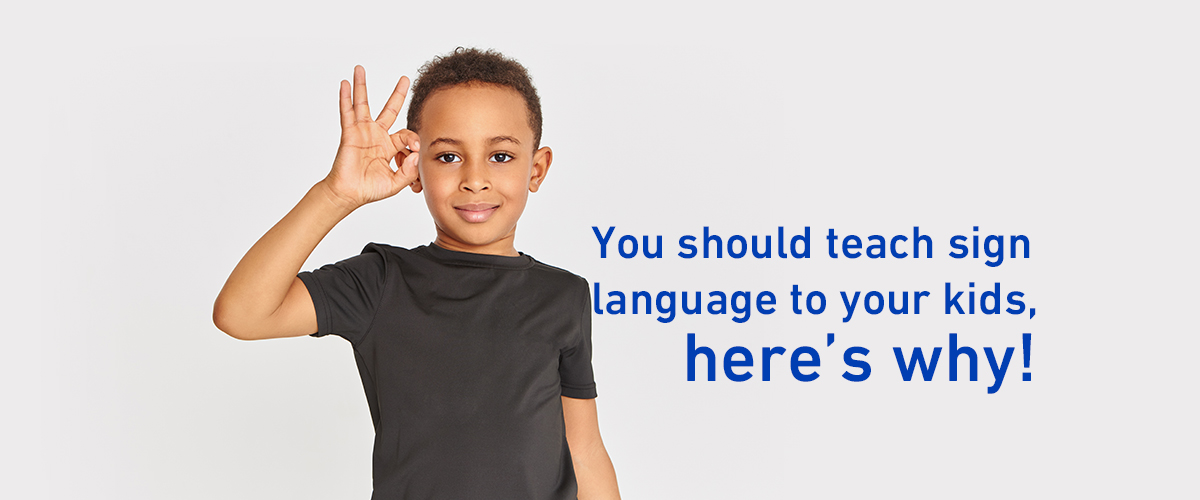
At first, you might wonder why I would think of teaching my son sign language when he doesn’t have trouble hearing or speaking. Learning sign language for children is not only for the hard of hearing, but has a great benefit and positive impact on children, as it improves their communication with parents and others at an impressive rate! But first, you have to know what sign language is?
Definition of sign language
It is a language or a means of communication and expression used by people with special abilities, including deaf and dumb, to be able to communicate with society and understand everything that is going on around them without obstacles. its own signal.
So what makes this language so important and special?
Several factors contributed to raising the importance of sign language, including:
Being the primary language of communication for the deaf and dumb
There are more than 72 million deaf people worldwide, sign language is their primary means of communication, and for sure you will likely meet someone at a social event or in a public place so don’t miss the opportunity to talk to wonderful people just because you don’t understand the language they speak and it is sign language! Because it is the mother tongue of the deaf and is used as a language of communication between different people who are unable to hear but can speak.
- Wonderful expressive language
What distinguishes sign language is that it does not depend only on the movement of the fingers and hand, but is an expressive language by all standards, in which facial expressions and movements of the arm and body are spoken. The face is a mirror of feelings and an honest means of expression.
- Powerful communication language
Studies have proven that sign language users listen better than others, because they usually communicate with all their senses and not just by hearing, and they absorb speech through the eyes, and follow the movement of the hand and facial expressions, you can be sure that the sign language user listens completely and with concentration to what you are saying.
- Sign language benefits children with autism spectrum disorder
The use of sign language improves communication with children with autism spectrum disorder, as the autism spectrum makes them face constant difficulty in communicating verbally, so learning sign language helps them greatly in achieving better communication with others rather than the psychological pressure of trying to speak verbally.
- Easy to learn
Children can learn sign language just as easily as oral language in the early stages of a child’s learning to speak. The muscles of the child develop and grow faster than the mouth, which makes the process of learning easy in the early stages.
The importance of learning sign language for children:
Many specialists recommend using sign language with children to express their feelings and feelings before they learn to speak, and it has been pointed out that this language makes the child easily integrate with the surrounding environment instead of crying, and these signs are simple movements inspired by French Sign Language and the language of Communicating with the deaf, and by imitating these signs in a simple or fun way that the child uses. It is possible to start teaching children this language from the age of six months, i.e. synchronizing with him moving his hands and exploring the environment around him.
Benefits of learning Sign Language :
- Sign language significantly enhances brain development
- Increasing communication between thought and action which helps in creating better mental and muscular coordination
- Psychologists advise teaching sign language to infants to help improve communication
The more your child learns and obtains new skills, the more this will help him in his academic and working life when he grows up. Always make sure to present new information and various means of communication to help him in forming his personality for the better.
